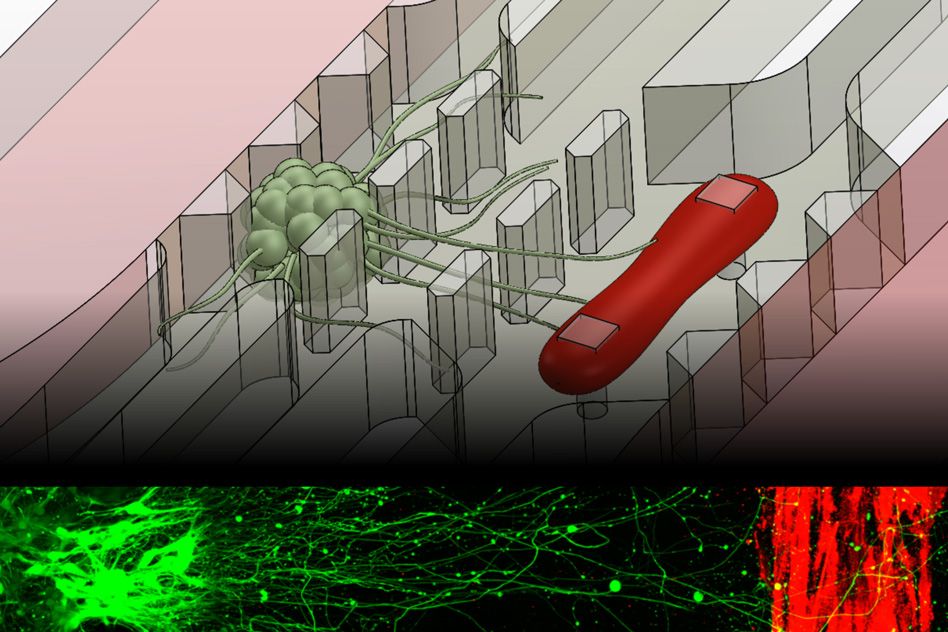Aug 8, 2016
Will Warp Drive Finally Become A Reality?
Posted by Andreas Matt in categories: genetics, quantum physics, space travel
Not so long ago we had to assume that we’ll never be able to travel faster than light. This was based on scientists’ sensible belief that we can travel through space but cannot change the nature of space itself. Then the idea of ‘Warp Drive’ came along to challenge and seemingly change all of the barriers that Einstein’s theory identified. Warp Drive is all about squashing and stretching space — a pretty ambitious task to begin with. So maybe it’s time again to have a look at how far we’ve already come or how close we are to seeing a real warp drive built by humans.
In May 1994, theoretical physicist Miguel Alcubierre finally presented his proposal of “The Warp Drive: Hyper-fast travel within general relativity” in a scientific journal called Classical and Quantum Gravity.
He indeed was inspired by Star Trek and its creator Gene Roddenberry, who famously coined the expression “Warp Drive” to explain the inexplicable propulsion of the Starship Enterprise as prodigious speed was just necessary to enable his fictional space travelers to leap from star to star on their trek.


















